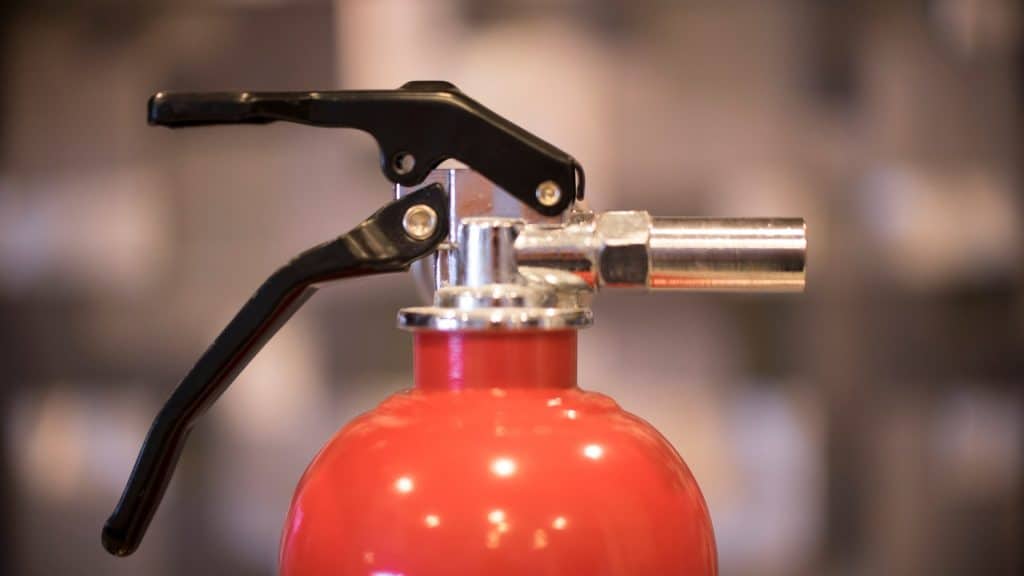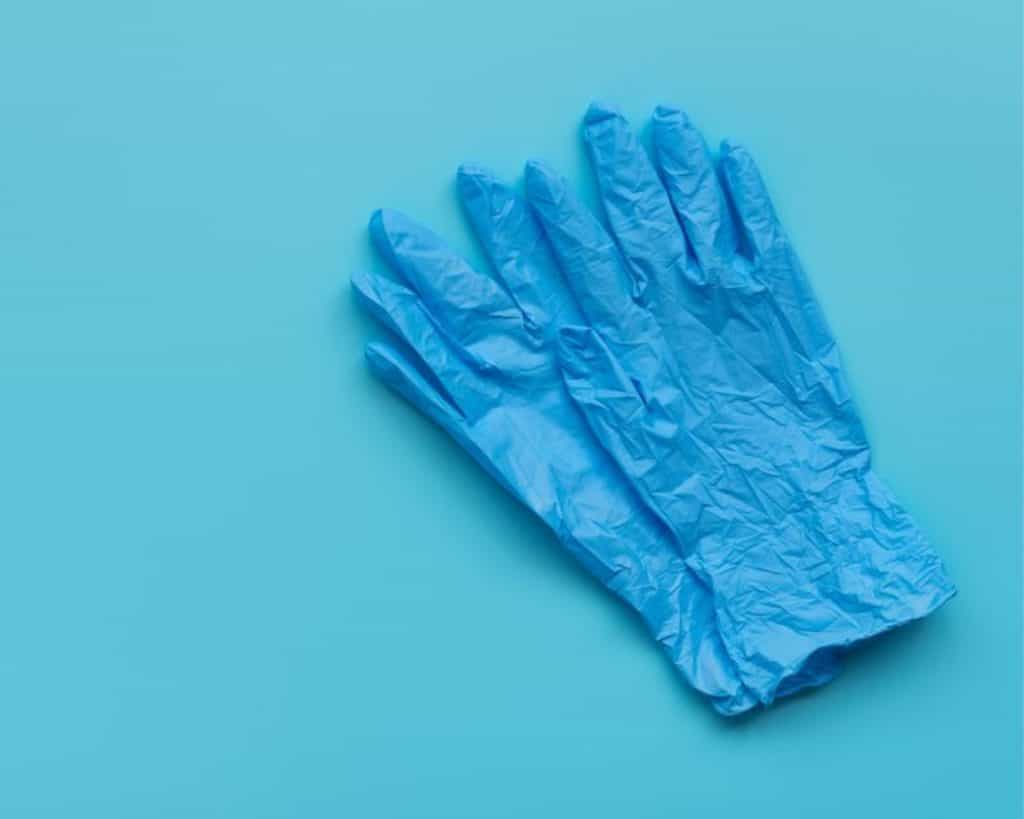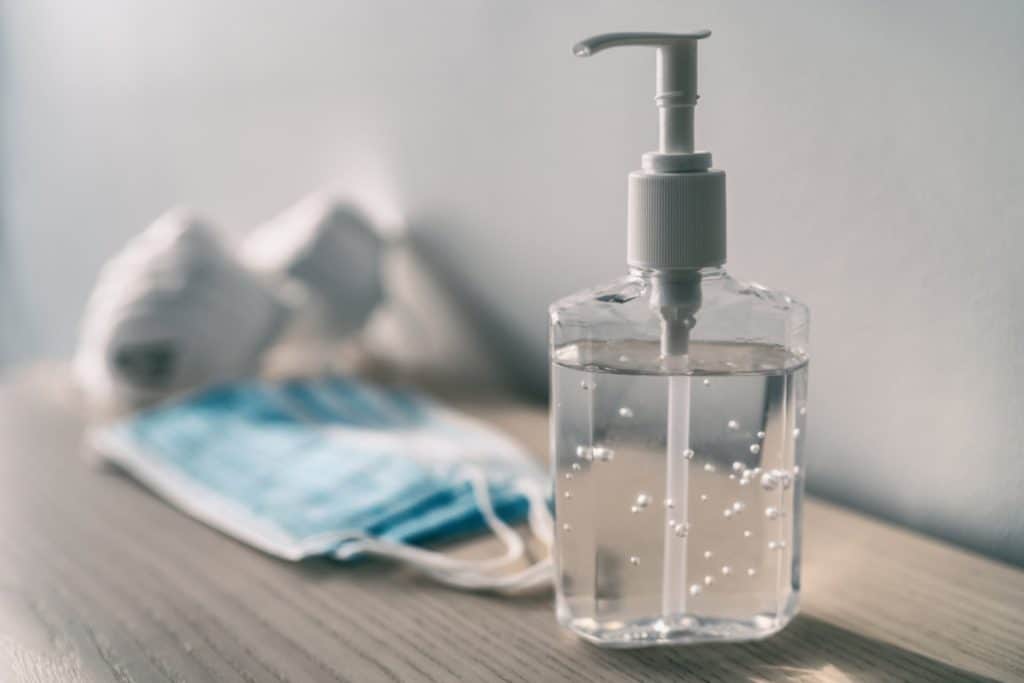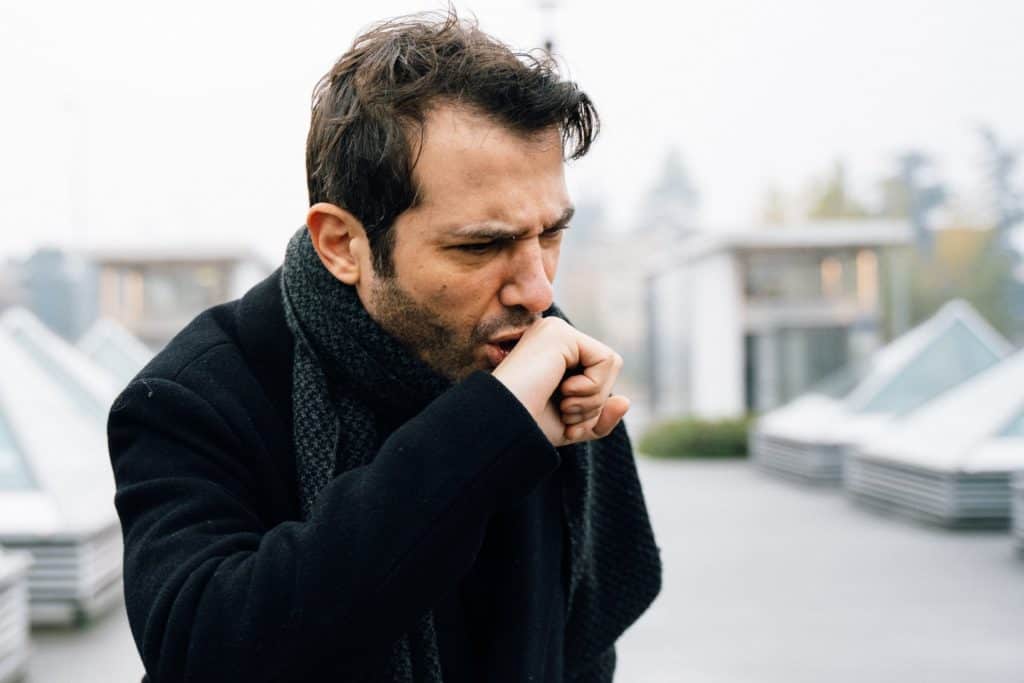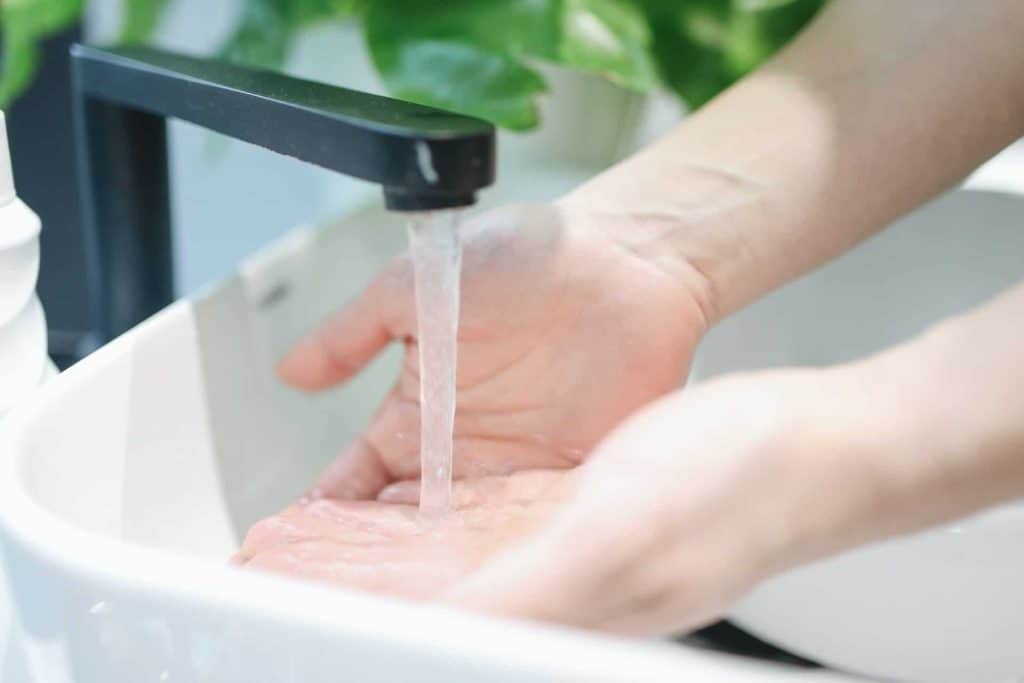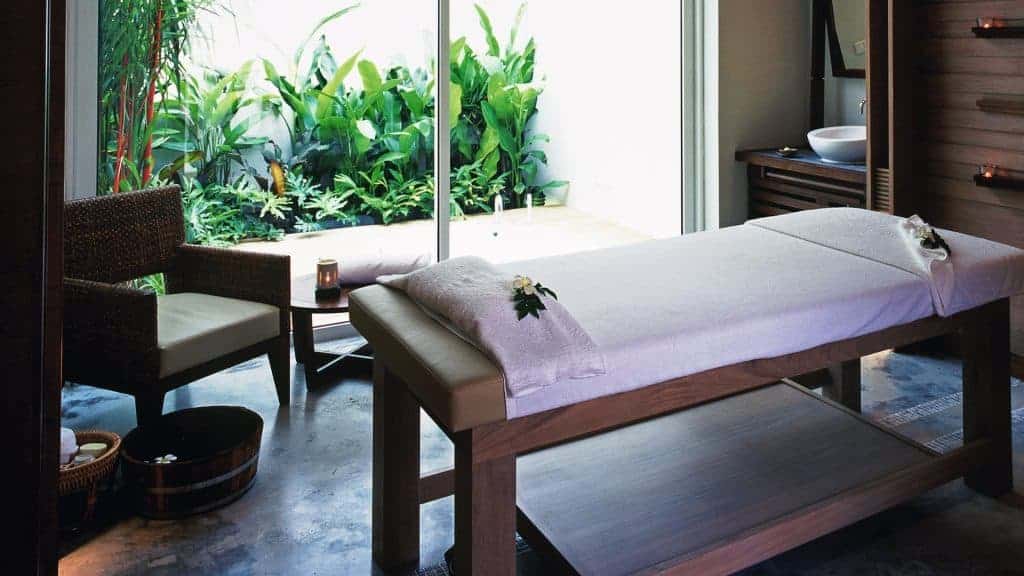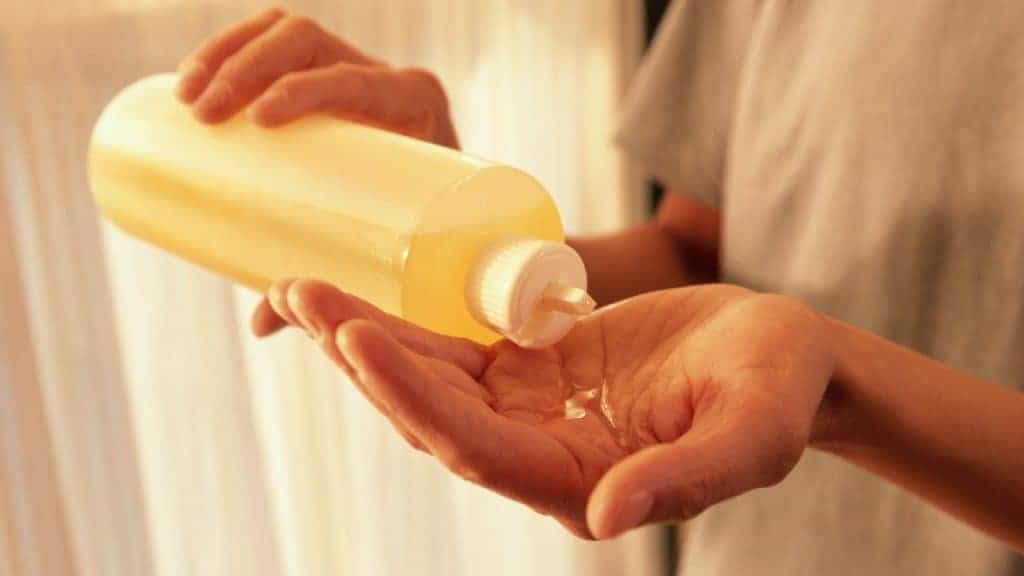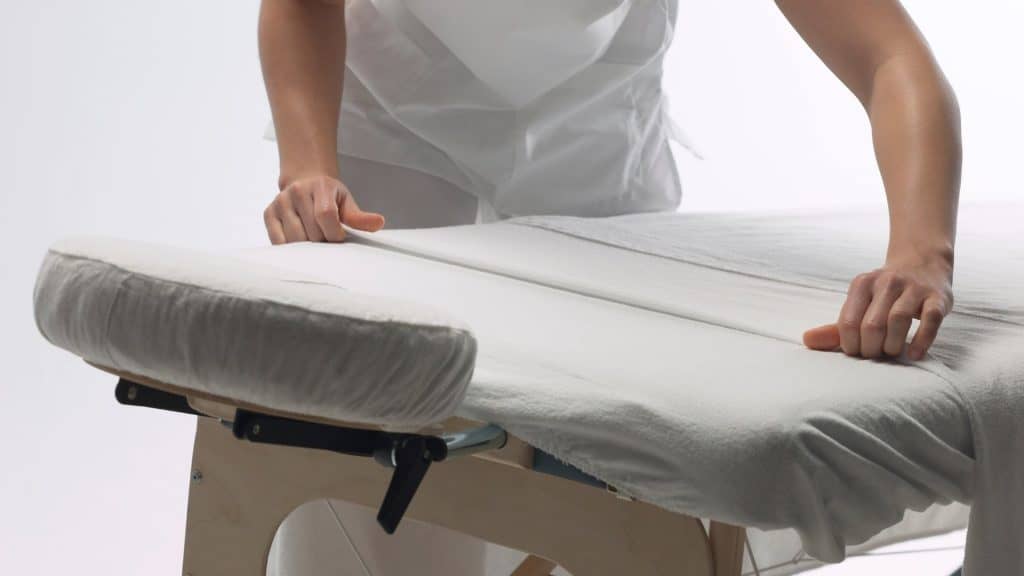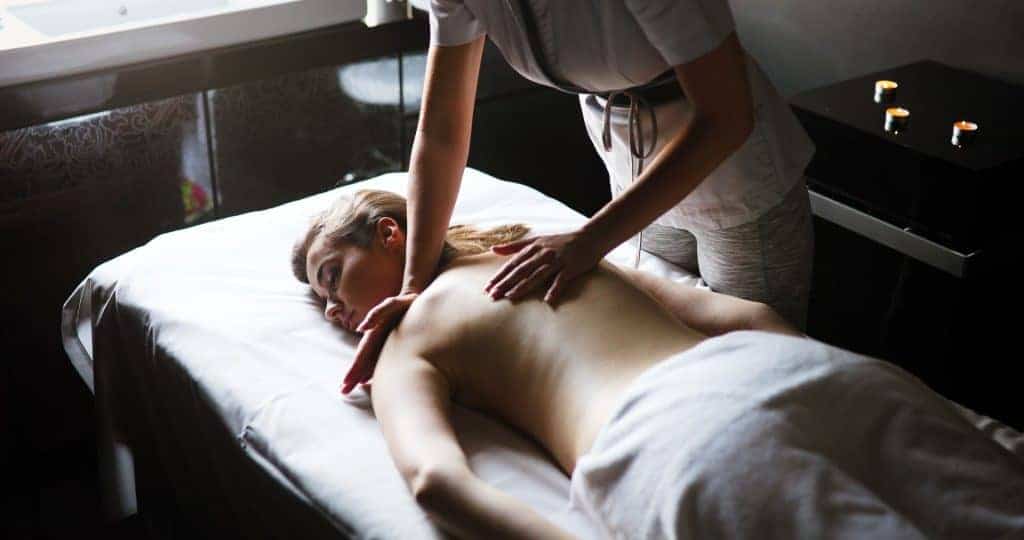Lesson 3-4: The Safety Plan
Injury or harm is unlikely to happen in a safe environment. In such an environment, conditions that may cause injury have been eliminated. Procedures are adopted to increase security and plans made to efficiently handle any accidents that may occur. The safety plan should include guidelines for ensuring the safety of both clients and therapists. […]
Lesson 3-4: The Safety Plan Read More »
